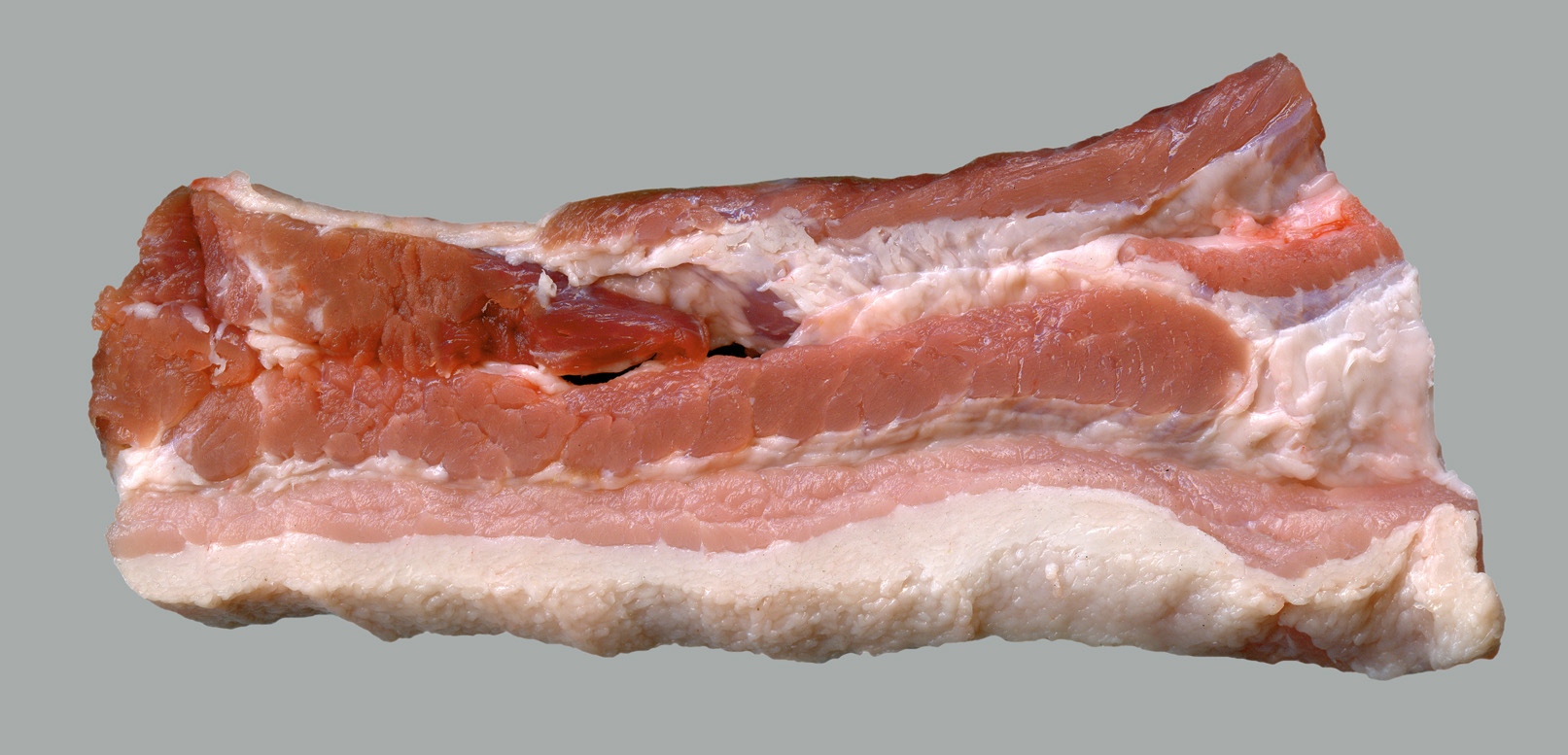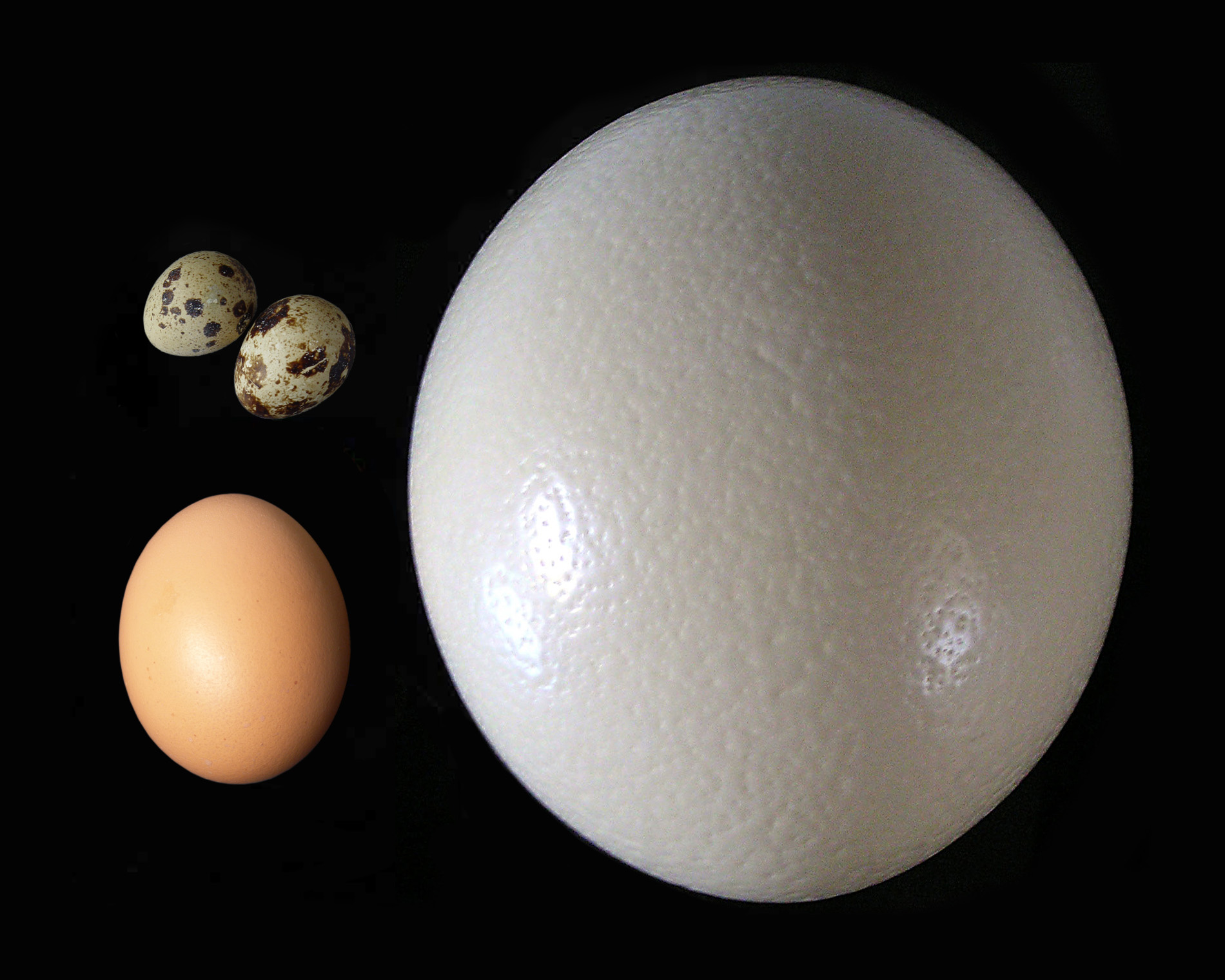|
Omelette
An omelette (sometimes omelet in American English; see spelling differences) is a dish made from eggs (usually chicken eggs), fried with butter or oil in a frying pan. It is a common practice for an omelette to include fillings such as chives, vegetables, mushrooms, meat (often ham or bacon), cheese, onions or some combination of the above. Whole eggs or egg whites are often beaten with a small amount of milk, cream, or water. History Omelettes are believed to have originated in ancient Persia. According to ''Breakfast: A History'', they were "nearly indistinguishable" from the Iranian dish kookoo sabzi. According to Alan Davidson, the French word ''omelette'' () came into use during the mid-16th century, but the versions ''alumelle'' and ''alumete'' are employed by the Ménagier de Paris (II, 4 and II, 5) in 1393. Rabelais (''Gargantua and Pantagruel'', IV, 9) mentions an ''homelaicte d'oeufs'', Olivier de Serres an ''amelette'', François Pierre La Varenne's ''Le cui ... [...More Info...] [...Related Items...] OR: [Wikipedia] [Google] [Baidu] |
American And British English Spelling Differences
Despite the various list of dialects of English, English dialects spoken from country to country and within different regions of the same country, there are only slight regional variations in English orthography, the two most notable variations being British and American spelling. Many of Comparison of American and British English, the differences between American English, American and British English, British or English in the Commonwealth of Nations, Commonwealth English date back to a time before spelling standards were developed. For instance, some spellings seen as "American" today were once commonly used in Britain, and some spellings seen as "British" were once commonly used in the United States. A "British standard" began to emerge following the 1755 publication of Samuel Johnson's ''A Dictionary of the English Language'', and an "American standard" started following the work of Noah Webster and, in particular, his ''Webster's Dictionary, An American Dictionary of the ... [...More Info...] [...Related Items...] OR: [Wikipedia] [Google] [Baidu] |
Kuku (food)
Kuku or kookoo () is an Iranian cuisine, Iranian dish made of whipped eggs with various ingredients folded in. It is similar to the Italian cuisine, Italian frittata, the French cuisine, French quiche, or an open-faced omelette, but it typically has less egg than a frittata, and is cooked for a shorter time, over a low heat, before being turned over or grilled briefly to set the top layer. It is served either hot or cold as a starter, side dish, or a main course, and is accompanied with bread and either yogurt or salad. About Cookbooks from the Safavid dynasty, Safavid and Qajar dynasty, Qajar periods in Persia (Iran) mention kuku. Qajar documents introduce it as a side dish. Herb kuku (), which is the most popular type, is served traditionally at Nowruz, the Iranian New Year's Day, symbolizing a fresh start and also at Easter, which is celebrated by the Iranian Armenians and Iranian Georgians. Cooking methods The traditional preparation of kuku involves frying the ingredien ... [...More Info...] [...Related Items...] OR: [Wikipedia] [Google] [Baidu] |
Chives
Chives, scientific name ''Allium schoenoprasum'', is a species of flowering plant in the family Amaryllidaceae. A perennial plant, ''A. schoenoprasum'' is widespread in nature across much of Eurasia and North America. It is the only species of ''Allium'' native to both the New and the Old Worlds. The leaves and flowers are edible. Chives are a commonly used herb and vegetable with a variety of culinary uses. They are also used to repel insects. Description Chives are a bulb-forming herbaceous perennial plant, growing to tall. The bulbs are slender, conical, long and broad, and grow in dense clusters from the roots. The scapes (or stems) are hollow and tubular, up to long and across, with a soft texture, although, prior to the emergence of a flower, they may appear stiffer than usual. The grass-like leaves, which are shorter than the scapes, are also hollow and tubular, or terete (round in cross-section). The flowers are pale purple, and star-shaped with si ... [...More Info...] [...Related Items...] OR: [Wikipedia] [Google] [Baidu] |
Egg (food)
Humans and other hominids have consumed eggs for millions of years. The most widely consumed eggs are those of fowl, especially chickens. People in Southeast Asia began harvesting chicken eggs for food by 1500 BCE. Eggs of other birds, such as ducks and ostriches, are eaten regularly but much less commonly than those of chickens. People may also eat the eggs of reptiles, amphibians, and fish. Fish eggs consumed as food are known as roe or caviar. Hens and other egg-laying creatures are raised throughout the world, and mass production of chicken eggs is a global industry. In 2009, an estimated 62.1 million metric tons of eggs were produced worldwide from a total laying flock of approximately 6.4 billion hens. There are issues of regional variation in demand and expectation, as well as current debates concerning methods of mass production. In 2012, the European Union banned battery husbandry of chickens. History Bird eggs have been valuable foodstuffs since prehistory, ... [...More Info...] [...Related Items...] OR: [Wikipedia] [Google] [Baidu] |
Iran
Iran, officially the Islamic Republic of Iran (IRI) and also known as Persia, is a country in West Asia. It borders Iraq to the west, Turkey, Azerbaijan, and Armenia to the northwest, the Caspian Sea to the north, Turkmenistan to the northeast, Afghanistan to the east, Pakistan to the southeast, and the Gulf of Oman and the Persian Gulf to the south. With a Ethnicities in Iran, multi-ethnic population of over 92 million in an area of , Iran ranks 17th globally in both List of countries and dependencies by area, geographic size and List of countries and dependencies by population, population. It is the List of Asian countries by area, sixth-largest country entirely in Asia and one of the world's List of mountains in Iran, most mountainous countries. Officially an Islamic republic, Iran is divided into Regions of Iran, five regions with Provinces of Iran, 31 provinces. Tehran is the nation's Capital city, capital, List of cities in Iran by province, largest city and financial ... [...More Info...] [...Related Items...] OR: [Wikipedia] [Google] [Baidu] |
Bacon
Bacon is a type of Curing (food preservation), salt-cured pork made from various cuts of meat, cuts, typically the pork belly, belly or less fatty parts of the back. It is eaten as a side dish (particularly in breakfasts), used as a central ingredient (e.g., the BLT, BLT sandwich), or as a flavouring or accent. Regular bacon consumption is associated with increased mortality and other health concerns. Bacon is also used for #Bacon fat, barding and larding roasts, especially game, including venison and pheasant, and may also be used to insulate or flavour roast joints by being layered onto the meat. The word is derived from the Proto-Germanic , meaning . Meat from other animals, such as beef, Lamb and mutton, lamb, chicken (food), chicken, goat meat, goat, or turkey meat, turkey, may also be cut, cured, or otherwise prepared to resemble bacon, and may even be referred to as, for example, "turkey bacon". Such use is common in areas with significant Kashrut, Jewish and Islamic ... [...More Info...] [...Related Items...] OR: [Wikipedia] [Google] [Baidu] |
Egg (food)
Humans and other hominids have consumed eggs for millions of years. The most widely consumed eggs are those of fowl, especially chickens. People in Southeast Asia began harvesting chicken eggs for food by 1500 BCE. Eggs of other birds, such as ducks and ostriches, are eaten regularly but much less commonly than those of chickens. People may also eat the eggs of reptiles, amphibians, and fish. Fish eggs consumed as food are known as roe or caviar. Hens and other egg-laying creatures are raised throughout the world, and mass production of chicken eggs is a global industry. In 2009, an estimated 62.1 million metric tons of eggs were produced worldwide from a total laying flock of approximately 6.4 billion hens. There are issues of regional variation in demand and expectation, as well as current debates concerning methods of mass production. In 2012, the European Union banned battery husbandry of chickens. History Bird eggs have been valuable foodstuffs since prehistory, ... [...More Info...] [...Related Items...] OR: [Wikipedia] [Google] [Baidu] |
Alan Davidson (food Writer)
Alan Eaton Davidson Order of St Michael and St George, CMG (30 March 1924 – 2 December 2003) was a British diplomat and writer best known for his writing and editing on food and gastronomy. After leaving Queen's College, Oxford, in 1948, Davidson joined the British diplomatic service, rising through the ranks to conclude his career as ambassador to Laos, from 1973 to 1975. He retired early and devoted himself to full-time writing about food, encouraged by Elizabeth David and others. He published more than a dozen books between his retirement and 2002, but his ''magnum opus'' was ''The Oxford Companion to Food'', a work of more than a million words, which took twenty years to complete and was published to international acclaim in 1999. Life and career Early years Davidson was born in Derry, Northern Ireland, the son of William John Davidson (1899–1959), inspector of taxes, and his wife, Constance, ''née'' Eaton (1889–1974).Levy, Paul"Davidson, Alan Eaton (1924–2003), dip ... [...More Info...] [...Related Items...] OR: [Wikipedia] [Google] [Baidu] |
Ancient Persia
The history of Iran (also known as Persia) is intertwined with Greater Iran, which is a socio-cultural region encompassing all of the areas that have witnessed significant settlement or influence exerted by the Iranian peoples and the Iranian languages chiefly the Persians and the Persian language. Central to this region is the Iranian plateau, now largely covered by modern Iran. The most pronounced impact of Iranian history can be seen stretching from Anatolia in the west to the Indus Valley in the east, including the Levant, Mesopotamia, the Caucasus, and parts of Central Asia. To varying degrees, it also overlaps or mingles with the histories of many other major civilizations, such as India, China, Greece, Rome, and Egypt. Iran is home to one of the world's oldest continuous major civilizations, with historical and urban settlements dating back to 4000 BC. [...More Info...] [...Related Items...] OR: [Wikipedia] [Google] [Baidu] |





